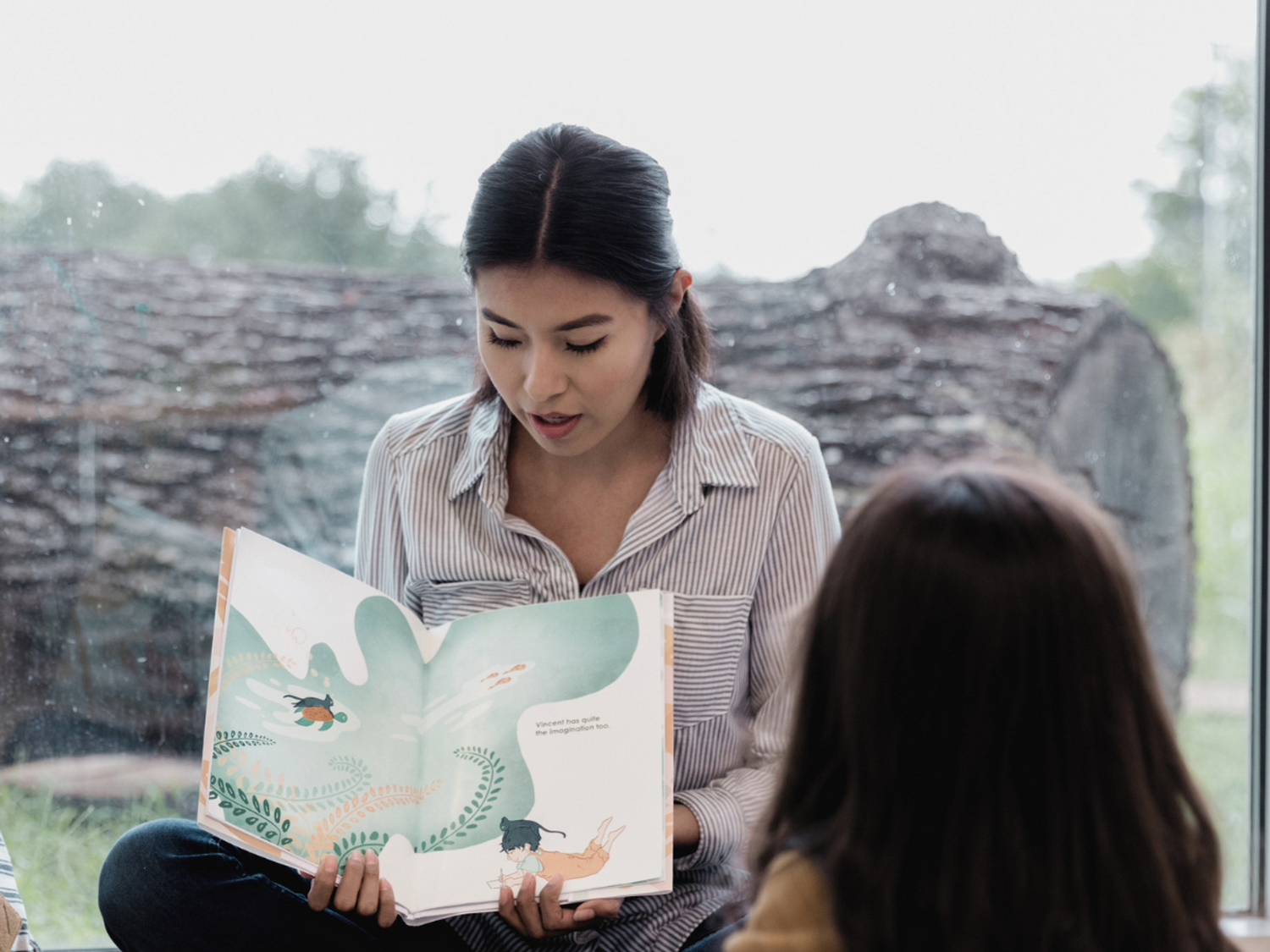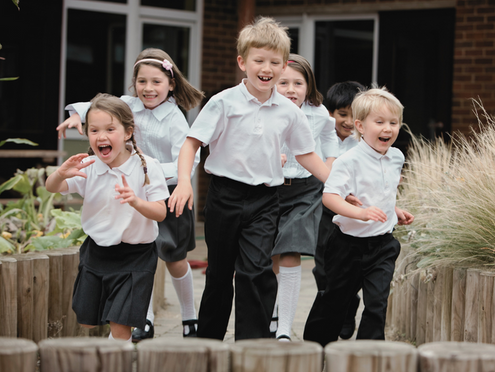Introduction
July 2022 marked an important moment for Key Stage 2 attainment statistics. In July, the Department for Education released their first attainment statistics for KS2 since 2019, before the events of the COVID-19 pandemic. In comparing the new statistics from 2022 with 2019, these statistics formed the first view of how the pandemic affected learning loss, and the impacts of home and online learning on Key Stage 2 learners.
Following on from this, the Key Stage 2 attainment report from the 6th September 2022 expanded on and analysed this data, breaking it down into demographics, locations and subjects. This gives teachers an even deeper insight into the data - but it is still a lot of information to sift through.
In this blog, we break down some of the most important findings from the Key Stage 2 attainment report and what they mean for teaching in 2022/23, specifically in regard to explicit literacy instruction and digital learning technology.
1. The disadvantage gap has grown
Teachers, guardians and all those involved in cultivating learners’ education have been working hard to narrow the gaps between learners from different economic backgrounds. Between 2011 and 2018, this gap was slowly but surely shrinking thanks to the efforts of these educators. However, there is reason to believe that the disruption due to COVID-19 has had a larger impact on learners from disadvantaged backgrounds.
One potential reason for this is the encouragement of learning at home. At Bedrock, we have already noticed that learners whose parents are involved via a parent account make more progress on our application, as they are supported both in school and at home. The role of parents in their children’s education is vital, and we’re seeing that importance now more than ever. Statistically, learners from disadvantaged backgrounds are less likely to receive additional support in their education at home than those from advantaged backgrounds, due to factors such as long working hours, financial insecurity, less time devoted to reading at home, and many more. The transition to home learning, though necessary for safety, meant additional responsibility was placed on parents/guardians and learners to monitor learning.
The learning areas where attainment fell most significantly, between 2018 and 2022, were writing and maths, where disadvantaged students’ attainment fell from 68% to 55% and 67% to 56% respectively. Reading, however, remained stable, suggesting that the work teachers and educators are doing to support reading solutions at home has stayed effective at narrowing the language gap, even during the pandemic.
This doesn’t mean that there is nothing more that needs to be done about the disadvantage gap. The effort put in between 2011 and 2018 showed a significant improvement in closing the gap - these efforts can be maintained to keep the gap closing in 2022 and beyond.
2. Reading was one of the few subjects where attainment did not fall
In fact, reading attainment went up by 1% from 2019 to an average of 74%!
Even amongst demographics that were most vulnerable to attainment loss, reading loss was seen significantly less than learning loss in other subjects. While this could suggest that reading is something learners develop outside of school as well as in, something we know from statistical links between reading for pleasure and reading comprehension, it could also suggest that initiatives to tackle learning loss in reading have been effective. During the pandemic, schools increased their spending on digital learning by 16%, including online vocabulary and reading curricula such as Bedrock Learning. While these statistics are provisional, they could suggest that educational technology works well to maintain - and even improve - reading skills learned in the classroom.
However, despite successes in reading, writing skills declined by nearly 10% between 2019 and 2022. While reading and writing skills are linked, this suggests that the lack of explicit writing instruction in the classroom contributed to learning loss, despite maintaining and improving on reading comprehension.
Research by disciplinary literacy experts such as Alex Quigley suggests that writing must be taught explicitly, alongside other parts of literacy, to encourage overall literacy improvement. Learn more about how to teach writing skills explicitly with our webinar and article.

Improve attainment in KS2
Bedrock's literacy improvement curricula boost progress in every subject
3. Learning loss was more significant in learners who spoke English as a first language
2% more learners who spoke English as an additional language met the expected standard in reading, writing and maths - 60%, compared to 58% for learners with English as their first language.
This only reinforces the fact that literacy must be explicitly taught - learners who experienced explicit literacy instruction, including reading and writing, performed better in every subject, including non-English subjects such as maths. This suggests that explicit instruction of literacy skills, such as reading and writing, has knock-on benefits across the curriculum. It also suggests that, while English is something that can be learned incidentally for learners who speak it as their first language, high-level academic literacy is something every learner must be taught in order to level the playing field.
This is reinforced by the earlier statistic about the widening disadvantage gap. Learners from advantaged backgrounds are more likely to use ambitious Tier 2 vocabulary in their conversations with parents and guardians. As well as this, they are more likely to own a wide range of reading material and generally be stronger in skills such as reading comprehension, which allows them to enjoy reading more than their less advantaged peers. This creates a cycle where learners with initial advantages at home continue to read while learners without those advantages do not develop the skills needed to enjoy reading, setting them back further and widening the attainment gap.
The successes of EAL learners over the pandemic suggest that explicit literacy instruction is an effective solution. Regardless of whether these learners spoke English at home with their families, the explicit teaching of vocabulary, writing and reading allowed them to catch up with their peers and experience more success in every subject. When given the tools to achieve in education, learners succeed regardless of the language used at home - the disadvantage gap can continue to close.
4. Writing is currently the weakest subject in UK primary schools
Despite a sharp decline in attainment in maths, provisional data from the Key Stage 2 Attainment report shows that fewer than 70% of all learners achieved the expected standard in writing by the end of KS2.
While learning loss in any subject is a reason for concern, learning loss in writing should be taken into greater consideration - writing is a skill not just used in English lessons, but across the entire curriculum. A learner achieving below the expected level in writing may struggle to produce written answers in Science, Geography and History; may struggle to show their workings in Maths exams; may struggle, in later life, to write CVs and cover letters; may struggle, beyond just writing, to convey their ideas orally.
The skills that come with writing, such as being able to structure an argument, think critically about a text, evoke emotion, persuade others, and communicate effectively, are critical for learners’ successes both in the classroom and beyond. Learners who reached the expected standard in writing were more likely to meet these standards in other subjects.
While the statistics in this report are still provisional, they shed an alarming, but important, light on the areas of learning the pandemic had an effect on, as well as the methods we can use to tackle learning loss. The use of explicit literacy instruction and digital learning technology is growing, and the effectiveness is starting to be seen - how will you make sure the percentages are up come 2023?




